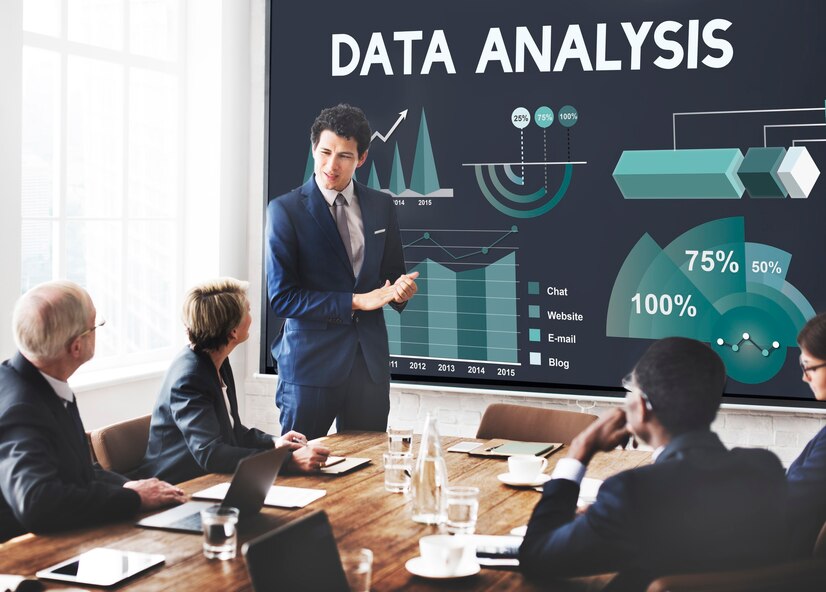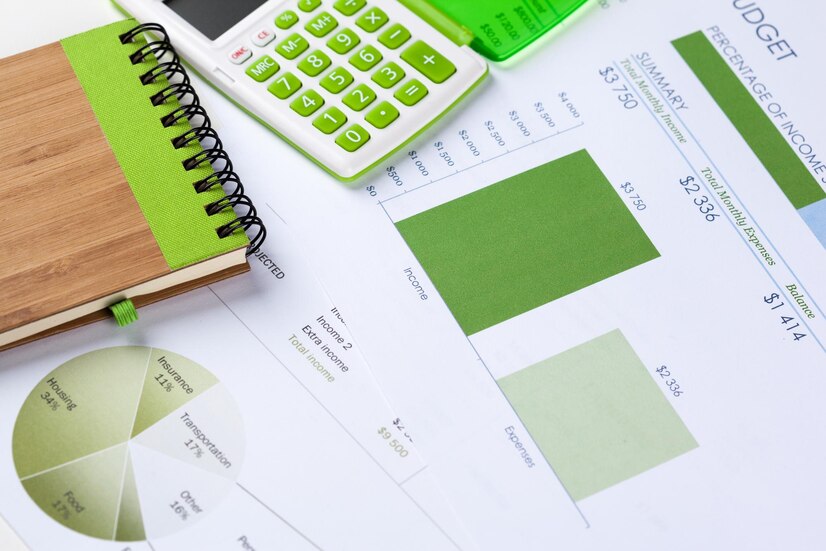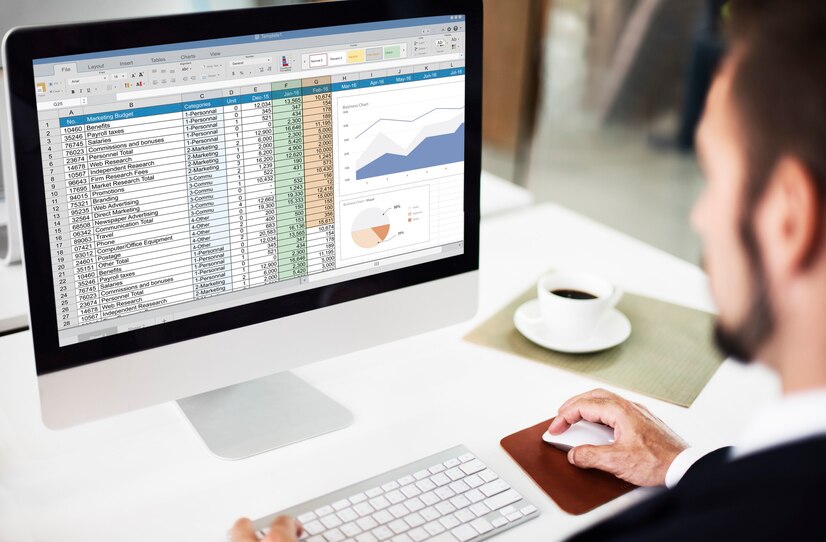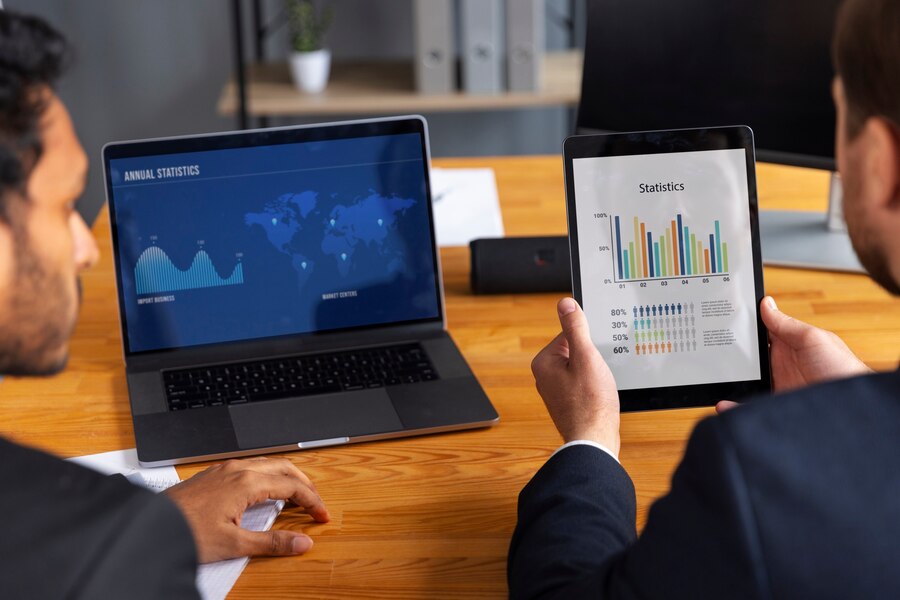Small businesses are facing a surge in cyber scams, costing companies thousands of dollars in lost revenue, fraudulent transfers, data breaches, and system downtime. Cybercriminals are becoming more strategic, often using phishing emails, fake invoices, spoofed contacts, and social engineering tactics that look nearly identical to real business communications.
For many small organizations without a dedicated IT department, these attacks slip through unnoticed until it’s too late.
To protect your organization financially and operationally, understanding the threat and strengthening your defenses with cybersecurity insurance is essential.
How Cyber Scams Are Draining Small Businesses

One of the most common attacks hitting small businesses is phishing. In these scams, attackers send messages that appear to come from trusted vendors, employees, or even bank representatives. The goal is simple: trick the recipient into sharing sensitive information or authorizing fraudulent payments.
Fake invoice scams are another growing issue. Cybercriminals impersonate real vendors and request payment for services your business never received. Because these emails often use accurate branding and language, many businesses don’t detect the fraud until money has already been wired out.
Business email compromise (BEC) scams have also surged. These incidents occur when a criminal gains access to a legitimate business email account and uses it to authorize transfers, request password resets, or steal sensitive client data. The financial fallout can be substantial, especially for small businesses with limited cash flow.
Why Small Businesses Are Easy Targets
Cybercriminals frequently target small businesses because they assume these companies have fewer defenses in place. Many organizations lack strict cybersecurity procedures, employee training programs, or authentication controls. Even businesses that invest in strong firewalls and software protection can still fall victim if a single employee clicks the wrong link.
This is why cybersecurity insurance has become a critical safeguard. No company is immune, and even one successful phishing attempt can cripple daily operations.
How Cyber Insurance Coverage Helps Protect Your Company
While cybersecurity tools help prevent attacks, cyber insurance coverage helps your business recover financially when an incident occurs. A strong policy can cover:
- Financial losses from fraudulent payments
- Legal fees related to data breaches
- Costs associated with notifying affected customers
- IT forensics and system restoration
- Ransomware payments in qualifying cases
- Business interruption losses
With the right cybersecurity insurance, your company gains a financial safety net that allows you to respond quickly and resume operations after a cyber incident.
Smart Steps to Protect Your Business from Cyber Scams
In addition to insurance protection, small businesses should take proactive measures:
- Train staff regularly on identifying phishing and social engineering attempts
- Implement multi-factor authentication on all accounts
- Verify invoices and payment changes by phone
- Use updated security software across all devices
- Backup data securely and frequently
Combining strong internal practices with robust cyber insurance coverage creates a powerful defense against growing cyber threats.
Protect Your Business Today
Cyber scams aren’t slowing down, but your business doesn’t have to face these threats alone. If you’re searching for reliable and professional insurance services, check out Tooher-Ferraris Insurance Group, a leading insurance company offering comprehensive solutions.
Our wide range of services includes cyber security insurance, commercial property insurance, general liability insurance, professional liability insurance, and much more.
Protect your business and your peace of mind starting today. Connect with us to learn more.




















